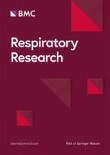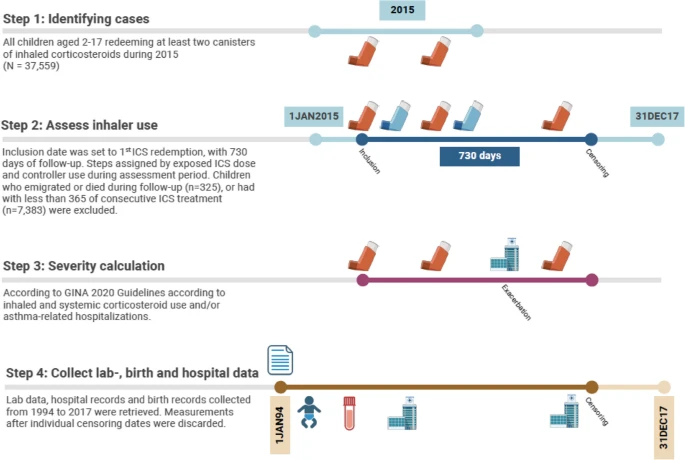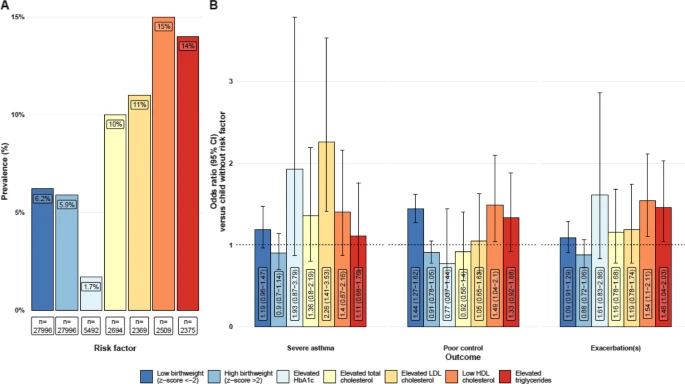
Kuntzman, K., Håkansson, K.E.J., Ulrik, C.S. et al. Respir Res 26, 246 (2025). https://doi.org/10.1186/s12931-025-03321-7
Abstract
Background
Pediatric obesity, a risk factor for asthma, is increasing in prevalence. Obesity-mediated metabolic abnormalities are one of the mechanisms that link asthma and obesity. While maternal obesity contributes to obesity and respiratory morbidity in the child, the contribution of paternal obesity and parental metabolic abnormalities to the child’s asthma is not known.
Methods

To quantify the impact of parental and child’s body weight and metabolic traits, including elevated HbA1c, and blood cholesterol levels based on national, age-specific cut-off values, on asthma exacerbations, control, and severity, in a Danish nationwide cohort of 29,851 children aged 2–17 years with inhaled corticosteroid-treated asthma during 2015–17.
Results

Among the 29,851 children, 1,430 had severe asthma, 4,750 had poor asthma control, and 2,353 had exacerbating asthma. Elevated LDL in the child was associated with 2.2-fold higher odds of severe asthma and elevated triglycerides with 1.5-fold higher odds of exacerbating asthma, while reduced HDL was associated with 1.5-fold higher odds of poor control. Both triglycerides and HDL were associated with 1.5-fold higher odds of exacerbating asthma. Maternal parameters including elevated LDL cholesterol, triglycerides, and HbA1C were associated with 1.2 to 1.4-fold higher odds of uncontrolled asthma in the child. Elevated paternal HbA1C was associated with exacerbating asthma.
Conclusion
Dyslipidemia, including elevated LDL and decreased HDL, in the child and their parents was associated with high asthma burden in a Danish pediatric cohort with persistent asthma. These observations highlight the need to investigate the underlying mechanisms driven by fat metabolism that are transgenerational.
